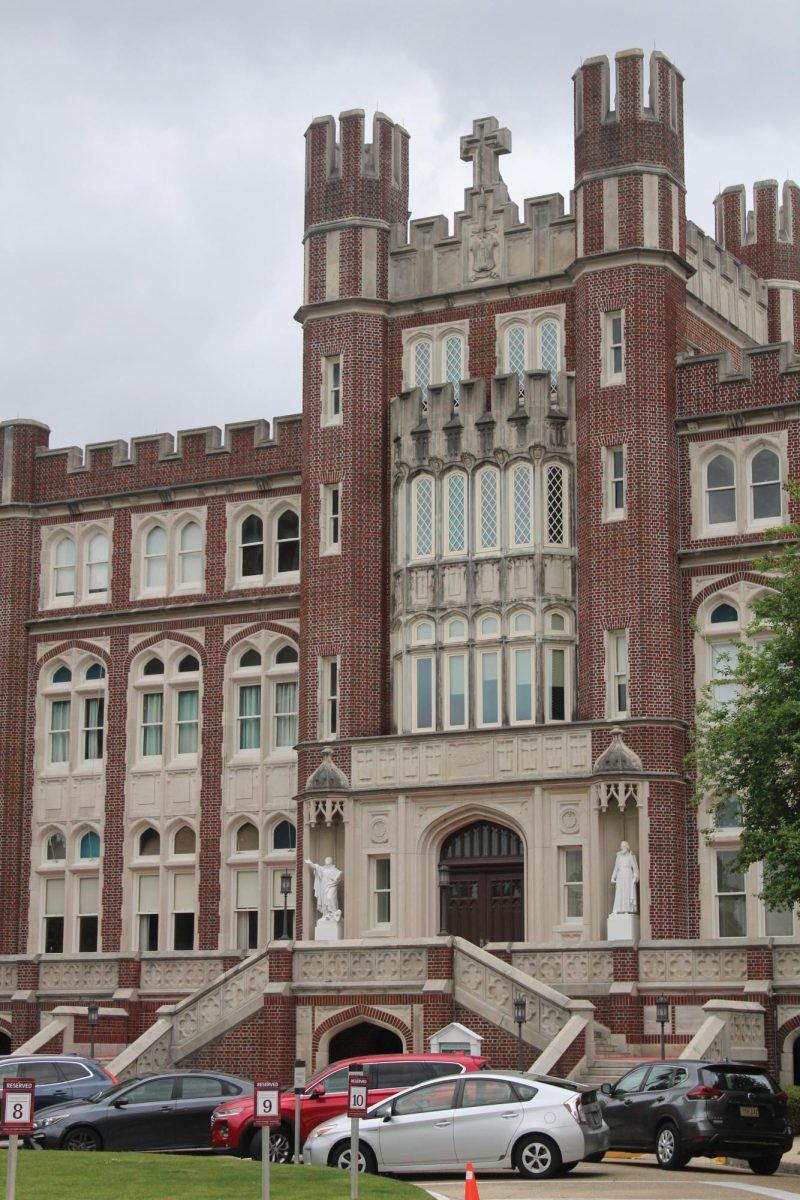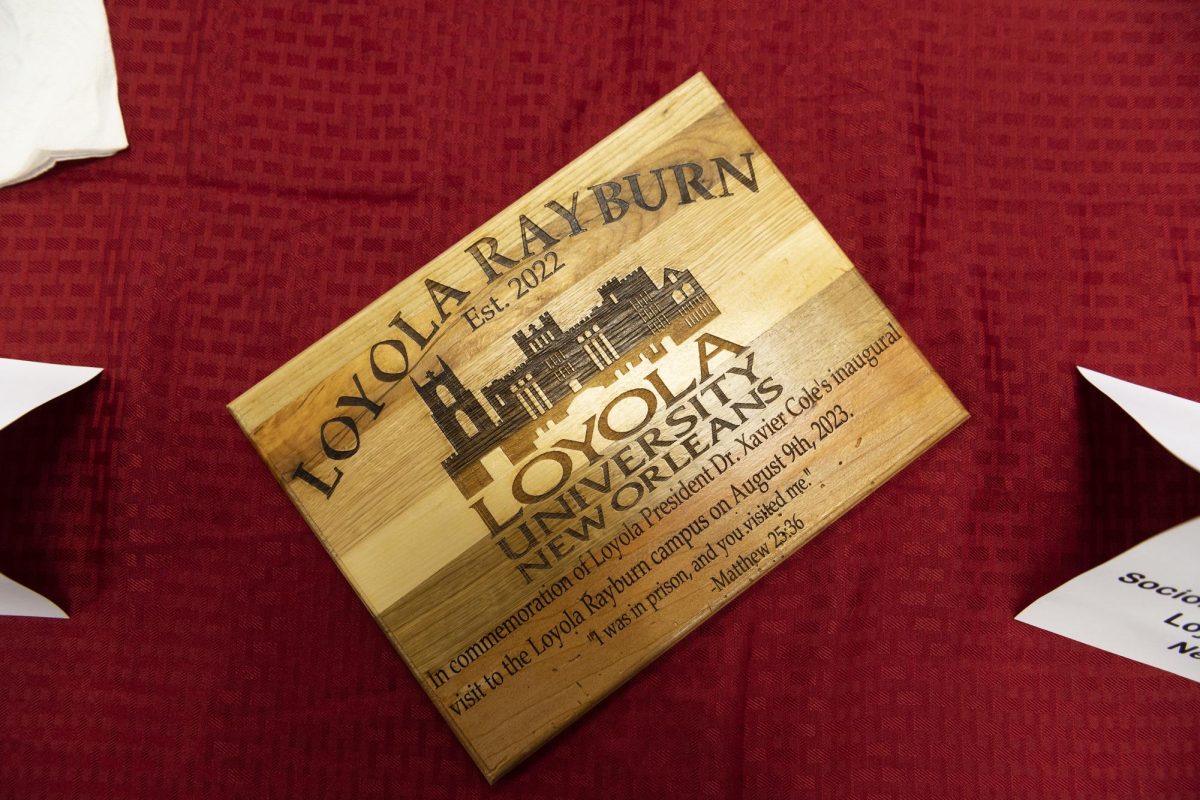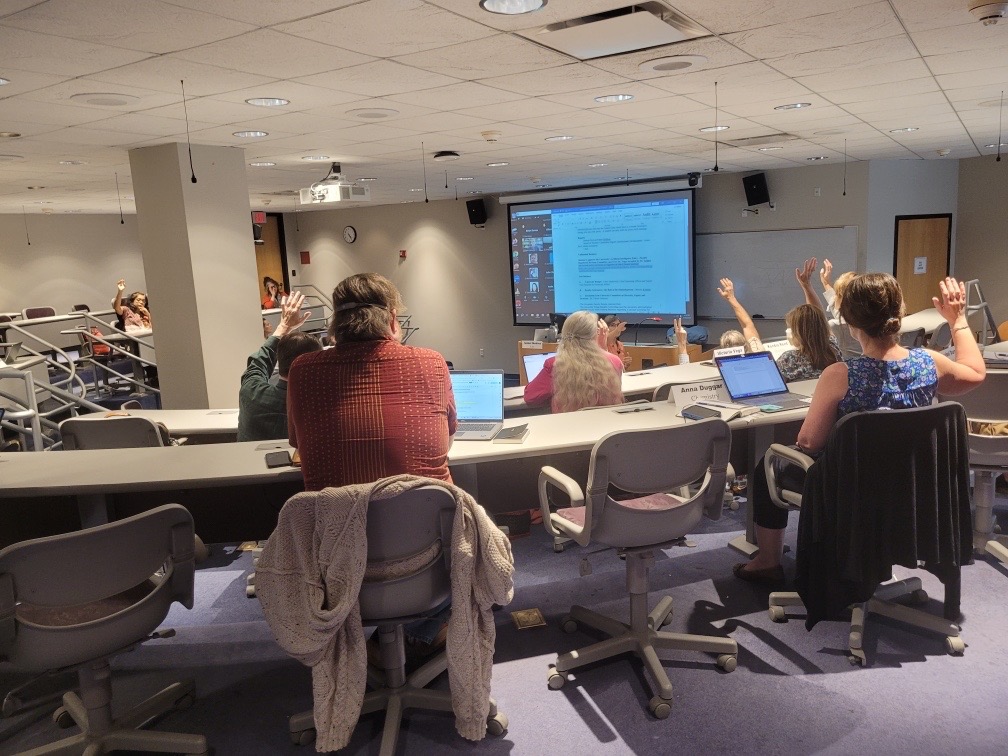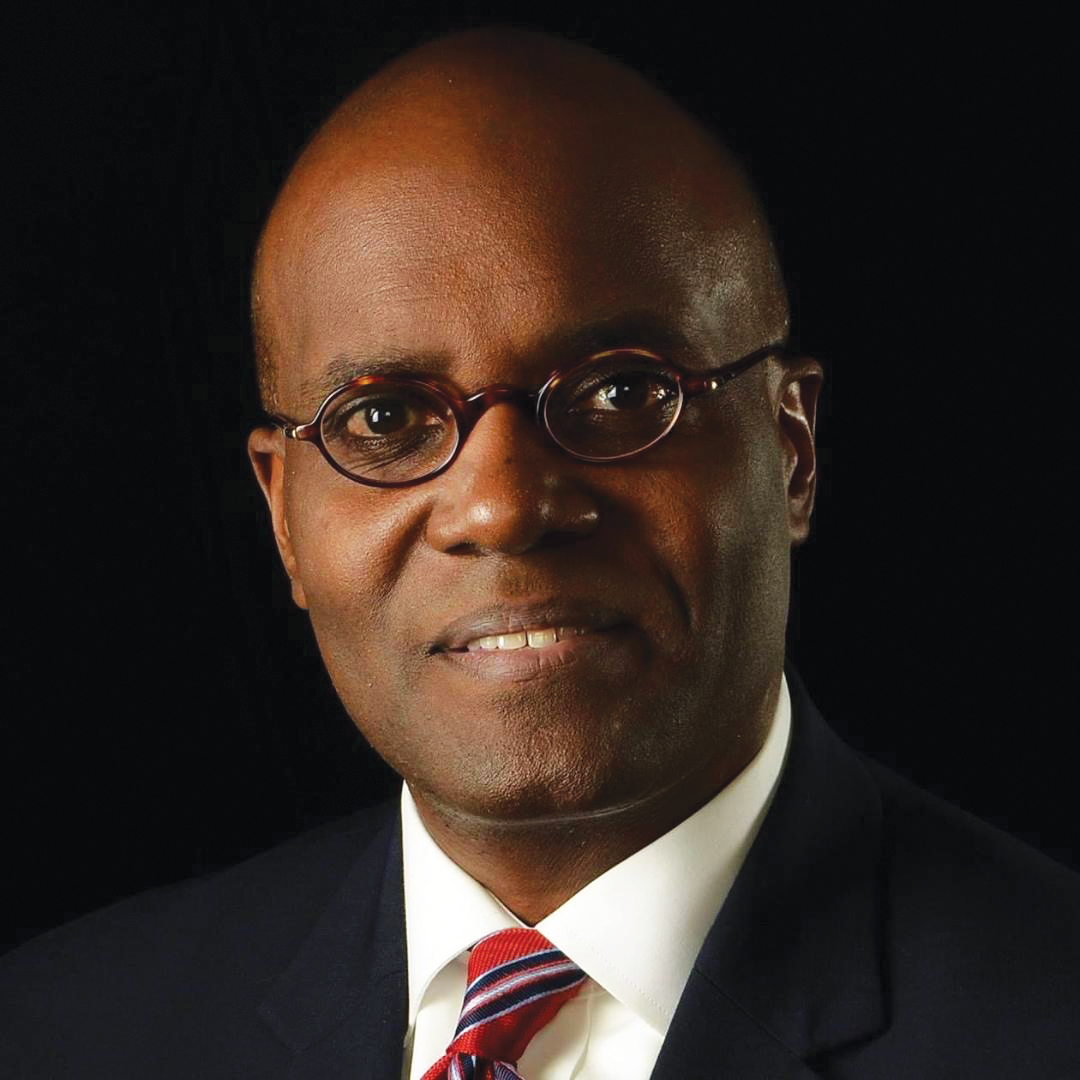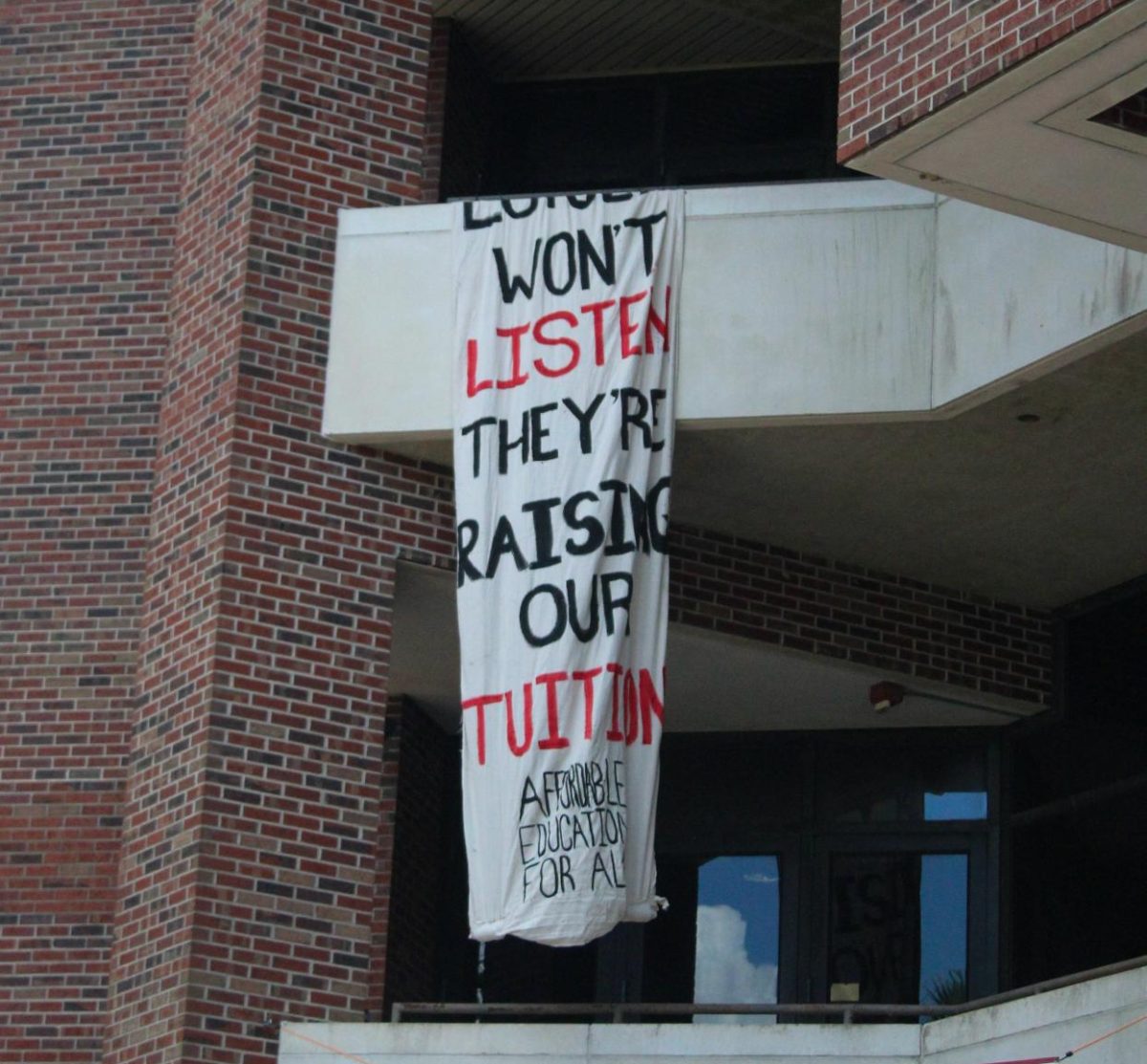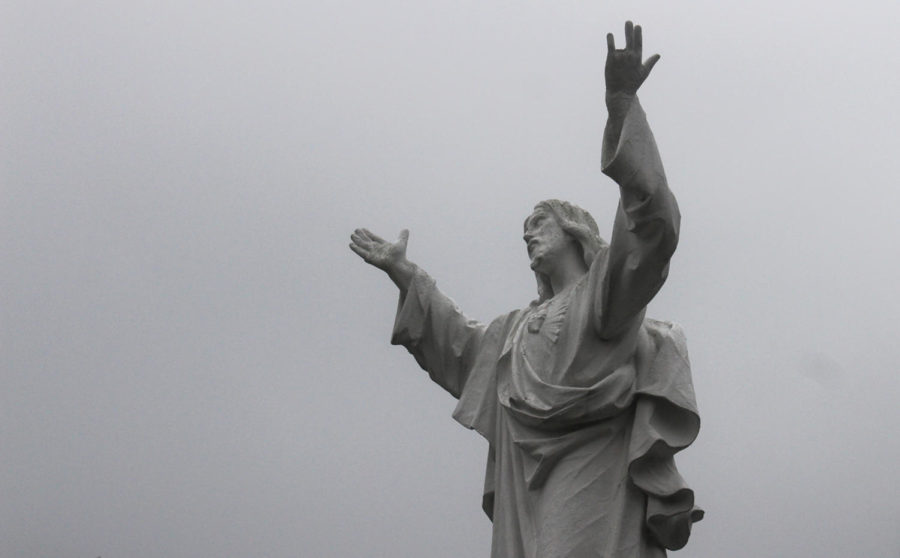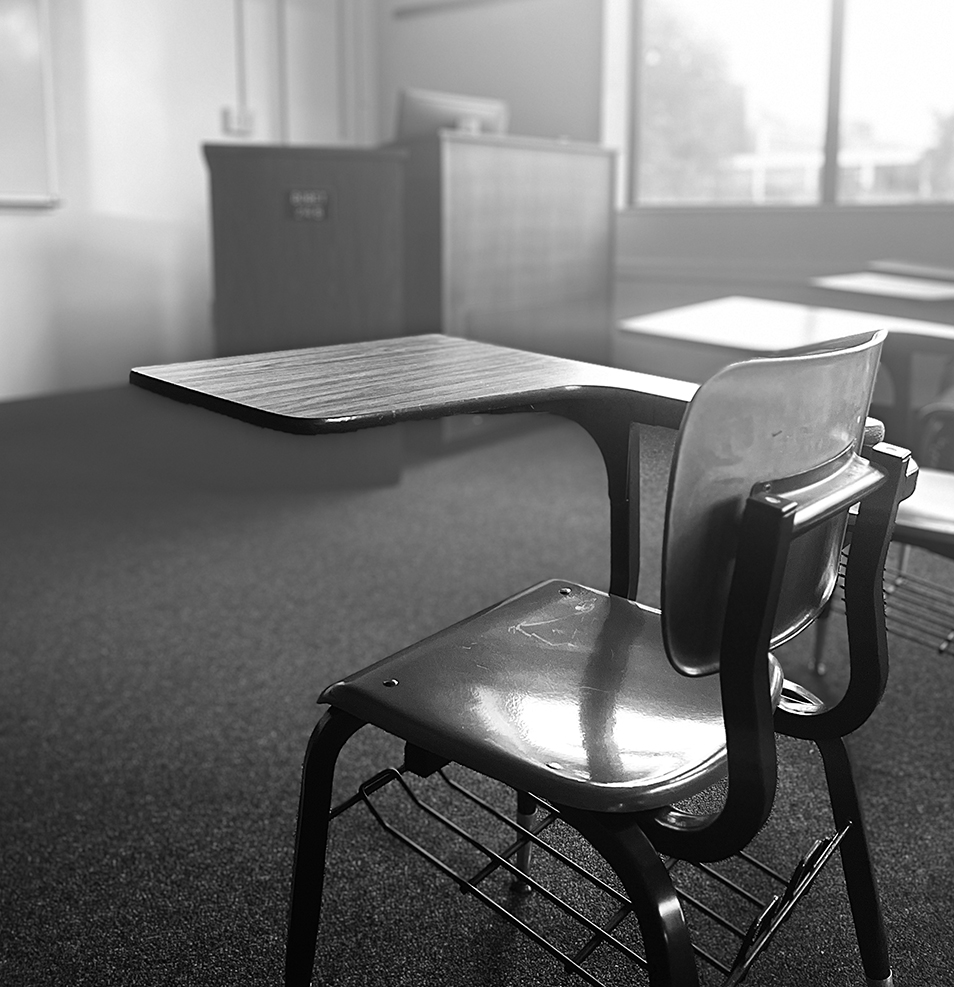The four-year graduation rate of first-time, full-time students at Loyola declined to 57 percent from 2005 to 2008, according to the most recent data from the National Center for Education Statistics.
Loyola had a 9 percent decline in the four-year cohort graduation rate between the 2005 and 2008 spring graduations, according to the data. The cohort is the number of first-time, full-time students who enter in the fall semester and graduate within four to six years. Students who do not graduate within six years of their admittance or withdraw from Loyola decrease the cohort graduation rate. Nearly all students who withdraw from Loyola do so because of academic ineligibility, financial difficulties, or a desire to transfer, said Elizabeth Rainey, director of Retention and Student Success.
Dominic Clust, a former Loyola student and current Louisiana State University student, transferred from Loyola in January for financial reasons.
“I couldn’t afford it,” Clust said, citing the increase in Loyola’s tuition. “They didn’t increase my scholarship. They really didn’t increase anything for me, so it was just a whole bunch more coming out of my pocket that I didn’t have.”
Tuition at Loyola has increased by an average of 5.5 percent over the last 3 1/2 years, said Sal Liberto, Vice President for Enrollment Management.
The decline in graduation rates at Loyola is likely caused by the recent increases in tuition, said Roger White, political science department chairman and special assistant to the provost.
“Higher education has been ballooning in costs,” White said. “Half of all college students today are on some form of financial aid, and most of the students I know are graduating with debt. They’re leveraging their college education.”
According to Liberto, the university has taken action during the last three years to improve the graduation rate, including increasing need-based scholarships.
“We’re not able to solve issues for everybody, but we’re doing more to address those students that do run into financial trouble while they’re here.”
The university has also hired a full-time staff member to focus on retaining students from freshman to sophomore year, which ultimate- ly improves the graduation rate, Li- berto said.
Director of Retention and Stu- dent Success Liz Rainey works with students throughout their first year to ensure they’re prepared for col– lege life.
“I think, especially coming out of high school, students are used to constant feedback; they’re used to mom waking them up. They’re used to people checking homework, and sometimes those liberties are overwhelming at first,” Rainey said. “So we just want to make sure they know what’s expected of them in terms of attendance and academics.” Rainey works with professors to identify students who may have academic difficulties. Students who need additional support work with Rainey to determine how to im– prove their college experience. By retaining more students from year to year, Loyola’s graduation rate in the cohort will increase, she said. The value of cohort graduation rates must be weighed carefully, said Alisa Cunningham, vice president of research at the Institute for Higher
Education Policy. “Graduation rates are really tricky because they are limited in what they measure,” Cunningham said.
The graduation rates of students in the cohort do not include stu– dents who transfer into a university and graduate, she said. Loyola also can’t discount the impact of Hurricane Katrina on the graduation rates, Cunningham said. Loyola’s retention from fresh-
men to sophomore year has im– proved since Hurricane Katrina, Li- berto said. Retention was down for the 2006 and 2007 fall freshmen classes, but the rate has increased during the last two years, he said.
“Those were trying times in the city,” Liberto said, citing Hurricane Katrina’s impact on retention and graduation rates. There was “finan– cial distress within the state and lo- cally. As we know, financial pain has a huge impact on whether or not a student is able to stick around.”
Hurricane Katrina’s toll on co- hort graduation rates is not lim– ited to Loyola; in fact, all four-year public and nonprofit universities in New Orleans have suffered a decline in cohort graduation rates, accord- ing to the National Center for Edu– cation Statistics.
The center reports that the four- year cohort graduation rate between the 2005 and 2008 graduating classes has declined by 20 percent at Dillard University, 6 percent at Tulane University, 4 percent at the University of New Orleans and 2 percent at Xavier University. Dillard University has the lowest four-year cohort graduation rate with only 28 percent of their first-time, full-time students graduating, the report said.
Liberto said that college costs are the most cited factors for voluntarily discontinuing one’s education at Loyola because families sometimes believe they can pay the tuition bills and later realize they cannot.
“If a family is struggling and they think they can get it done, and they decide that maybe in six months, economically, ‘we can’t get it done,’ then they’re going to go for a ‘safer option’, a much less expensive op- tion,” Liberto said.
For Clust, that safer option was LSU.
“I chose LSU because it was cheaper, convenient, and the school’s actually pretty good,” he said.
Dwayne Fontenette can be reached at [email protected]


